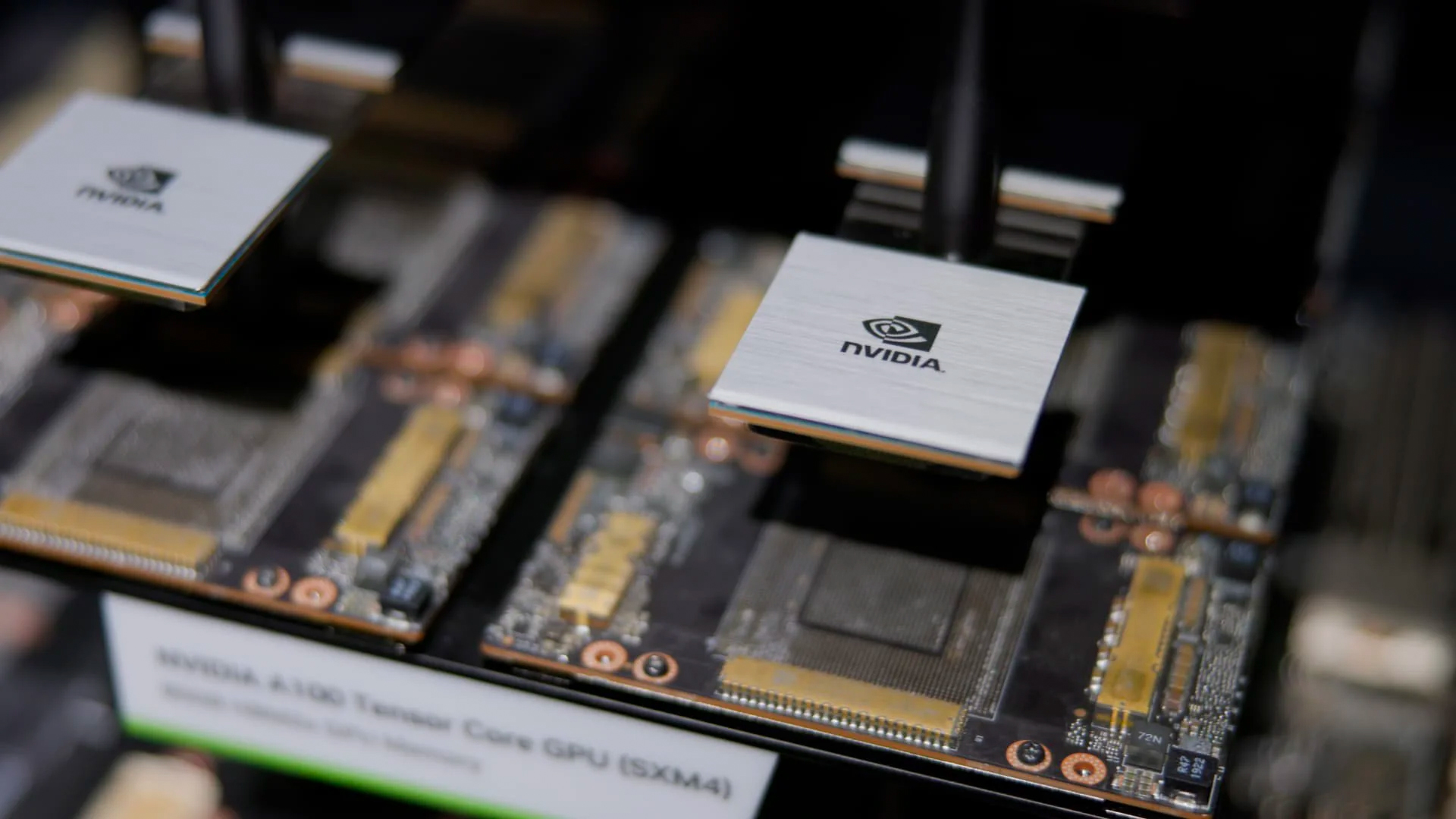AMD had a major announcement at CES 2017 in the form of the reveal of the next generation Vega GPU architecture. Under works for around 5 years according to AMD, Vega GPU architecture will be seen not only on PC gaming cards but will also help with professional design work, machine intelligence, AR/VR and much more. AMD did not reveal the complete details as the products sporting the Vega architecture are only expected in the first half of 2017.
One of the primary challenges with data intensive workloads is processing information. Parallel GPU cores have taken care of that aspect to an extent. Processing these large data sets is still a bottleneck if you have a slow memory subsystem. Vega GPU architecture aims to address this issue by enabling large data set addressing across a mix of memory types. It will be divided across three segments - Radeon RX, Radeon Pro and Radeon Instinct.
“It is incredible to see GPUs being used to solve gigabyte-scale data problems in gaming to exabyte-scale data problems in machine intelligence. We designed the Vega architecture to build on this ability, with the flexibility to address the extraordinary breadth of problems GPUs will be solving not only today but also five years from now,” said Raja Koduri, senior vice president and chief architect of Radeon Technologies group at AMD.
Advanced GPU memory architecture

AMD Vega is expected to come with an advanced GPU memory architecture in the form of a new high-bandwidth cache along with its controller. This cache is capable of transferring terabytes of data per second according to AMD. It uses the second generation of high bandwidth memory (HBM) technology. HBM was proposed as an industry standard back in 2010. HBM uses stacked DRAM memory in order to extract a higher memory bandwidth speed (higher than GDDR5) while keeping the power consumption under check.
HBM 2 will offer even greater capacity in a limited footprint as compared to GDDR5. In approximate numbers that is 8x the capacity and 2x the bandwidth, According to AMD Vega architecture is optimised to work with very large data sets and has around 512TB of virtual address space.

Next generation Geometry Pipeline
In today’s games and professional applications, there are incredibly large number of polygons used. These millions of polygons in any given frame have dense meshes which cause many polygons to be rendered per pixel. Vega’s next-generation geometry pipeline enables the programmer to extract incredible efficiency in processing this complex geometry, while also delivering more than 200 percent of the throughput-per-clock over previous Radeon architectures.
Next generation Compute Engine

It will also house flexible compute units which can natively process 8-bit, 16-bit, 32-bit or 64-bit operations in each clock cycle. These new compute units are also optimised for higher frequencies than previous generations. These compute units are optimised to attain significantly higher frequencies than previous generations and their support of variable datatypes makes the architecture highly versatile across workloads.
Advanced Pixel Engine
The new Vega pixel engine employs a Draw Stream Binning Rasterizer, designed to improve performance and power efficiency. Vega’s pixel engine is now a client of the onboard L2 cache, enabling considerable overhead reduction for graphics workloads which perform frequent read-after-write operations.
)
)
)
)
)